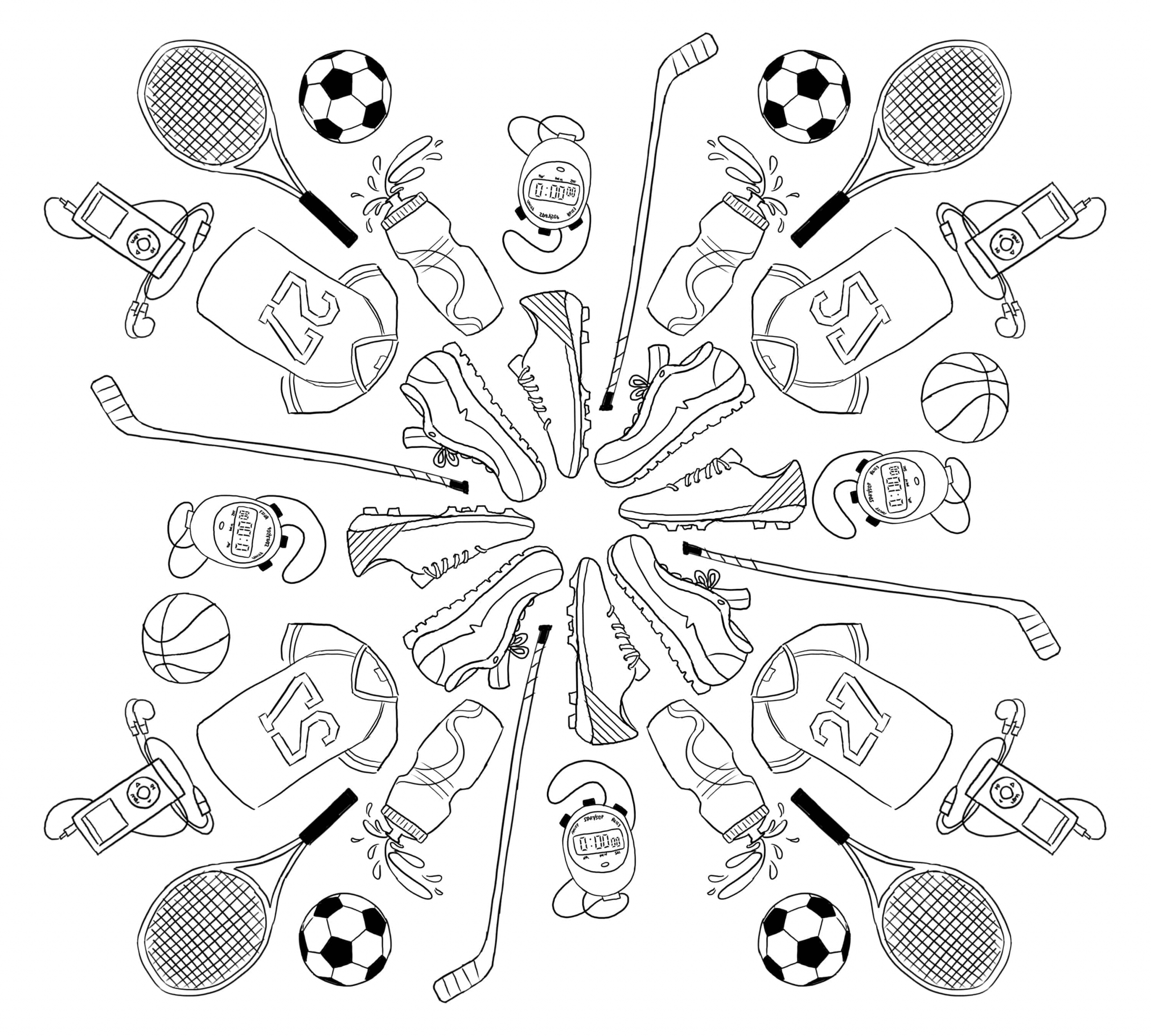Technological advances are revolutionizing the world of high performance sport. Technologies like those that enable mobile oxygen testing have worked wonders in medical fields, and they are also helping to increase athletic performance. The U of T’s “From Good to Gold” symposium highlights the cross section between technology and performance sport.
The symposium allowed innovators at U of T to showcase the latest breakthroughs in science and technology that are helping coaches, athletes, and athletic staff to track, monitor, and ultimately improve performance.
Better breathing
“Technology has enabled us to do things differently and so much better,” asserts Kinesiology and Physical Education professor Greg Wells, the evening’s first presenter. Wells explains, and demonstrates, the technology responsible for mobile oxygen testing — a device akin to an oxygen mask, upon being strapped to an athlete’s face, instantly starts recording various statistics, including ventilation, heart rate, and breathing rate. These statistics were then live-streamed onto the Goldring Centre’s impressive scoreboard.
Up in the air
The evening, hosted by U of T and the Faculty of Kinesiology and Physical Education, not only consisted of talks by U of T’s most innovative researchers, but also featured demonstrations by athletes — including gold medal winning trampolinist Rosie MacLennan — who helped U of T professor, Tim Welsh demonstrate spatial awareness and airtime.
“An expert athlete is able to achieve things over and over consistently and [is able to] adapt,” asserted Welsh who is also the coordinator at the Center for Motor Control and acting principle investigator at the Action and Attention Lab.
Welsh emphasized the importance that planning, control, and adaptation have on athletic performance.
He went on to demonstrate a piece of technology that is used to collect data and to give greater insight into an athlete’s performance. He strapped a device called a Go-Pro to MacLennan’s head, and the device accurately charted her movements. For example it recorded what MacLennan was seeing as she performed layouts and twists on the trampoline. The video technology of the Go-Pro allows Welsh to analyze various phases of MacLennan’s routine; it allows him to chart, measure, and relay this information to MacLennan and her coach, for analysis.
Emotional preparation
The event paid homage to science and how it enhances the physical performances of athletes while also acknowledging the innovations being made in evaluating and cataloguing an athlete’s emotional state during a competition.
“We want to look at how athletes deal with emotions in a competitive situation and how emotions affect their team,” pointed out professor Katherine Tamminen whose research, within the Sport and Performance Psychology Lab, focuses on how emotion affects individual and team, interaction and performance.
Tamminen, in conjunction with the Department of Psychology, has developed an application that allows athletes to anonymously fill out a survey about their emotions, feelings, and general attitude on game-day that is then catalogued and charted.
Athletes are asked to rate themselves based on performance, emotion, team performance, and interpersonal regulation. These results over a period of time can reveal trends, which are helpful to researchers, and that can aid athletic staff in tailoring athlete-specific regimes, and coping strategies, for specific events.
At the end of the night, however, Tamminen explained that science could only go so far: “Technology can’t stand in for good coaching or human interaction.”
The overall message of the evening — of athletic demonstrations and data-analysis — was not to suggest that technology is replacing coaches with computer software, but rather, to say that: as Wells concluded, “Sports in conjunction with science is giving athletes the best opportunity to perform [and together, they are] helping athletes and coaches make good decisions to improve performance.”


